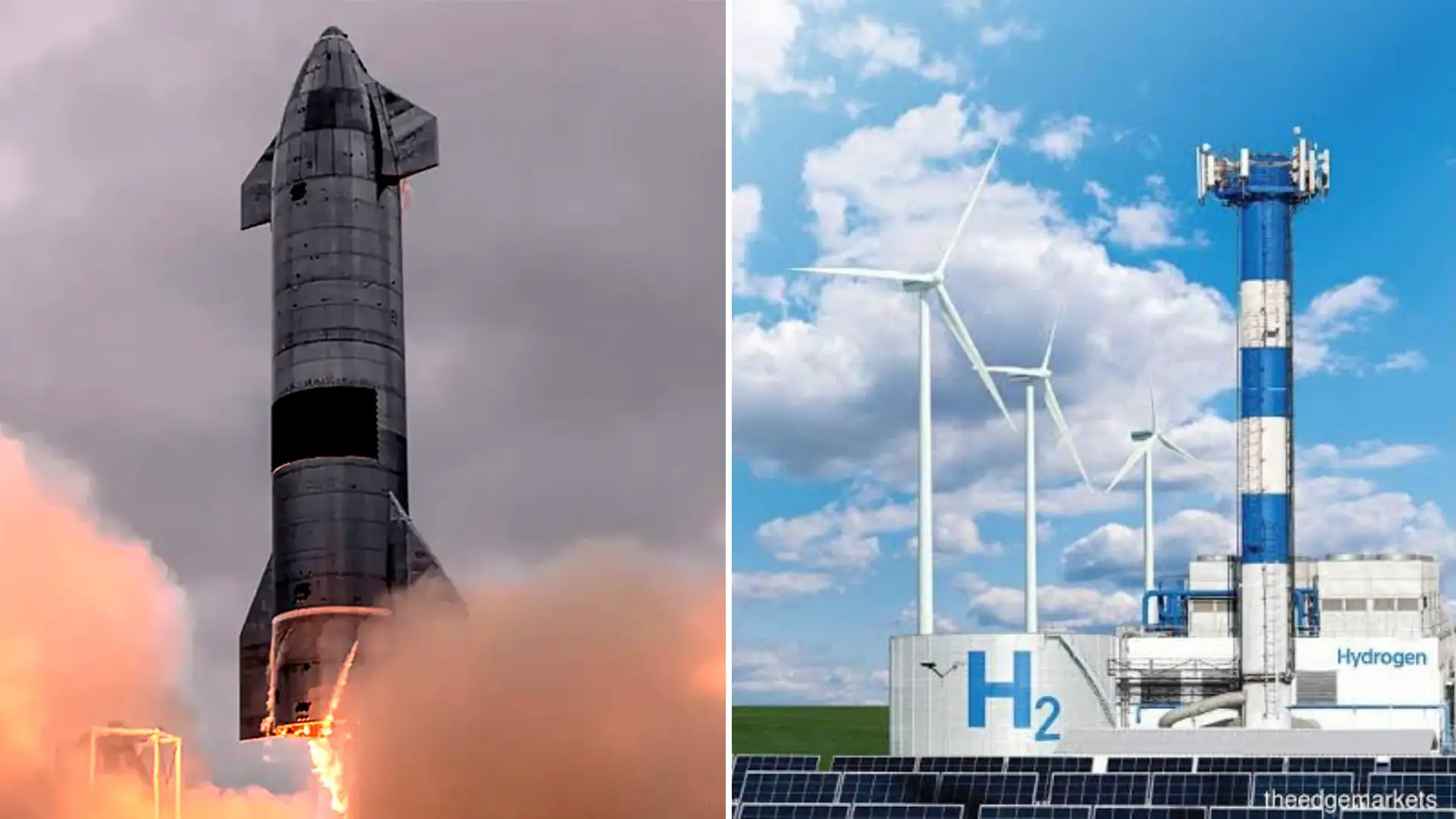The news this week that Texas will build the world’s biggest green hydrogen plant in 2026 seems like the most momentous green energy news in recent memory.

Green Hydrogen International, a US start-up, has unveiled plans for a 60-gigawatt sustainable hydrogen factory powered by wind and sun.
It would also provide clean rocket fuel for SpaceX, which is managed by billionaire Tesla Chief Executive Officer Elon Musk, according to a study published in Recharge.
“We see Hydrogen City being one of the world’s biggest H2 production hubs, servicing many different customers with 100 percent pure H2 fuel,” said Brian Maxwell, the company’s creator.
The GHI’s website depicts the process of converting renewable energy from wind and solar power companies into ammonia and rocket fuel. According to the company, the massive salt storage capacity identified in subterranean salt domes is the key to scaling up production.
Apart from the environmental implications, there has never been a more pressing need for the United States to push domestic renewable energy projects.
According to a February story in the New York Times, the oil and gas industry is using the current conflict in Ukraine to push for more drilling here at home.
While some lobbyists believe that this would result in energy independence, time is running out: renewable energy is the only way to secure a living and sustainable future.
The presence of such a big hydrogen station so close to massive oil drilling operations in Texas should serve as a sharp contrast.
If the company succeeds in generating rocket fuel, cooperating with a giant like SpaceX, and delivering the energy while earning a profit, oil magnates may reassess their business strategy.
In an industry where money speaks, seeing a renewable energy company earn a lot of it could be enough to convince fossil fuel companies to switch.

Canada is one of the world’s top hydrogen generators, accounting for around a quarter of worldwide output. Several Canadian firms have created technology that uses methanol, biomass, fossil fuels, renewable energy sources such as solar, wind, and hydropower, or industrial by-product garbage hydrogen capture to produce hydrogen in an ecologically acceptable and cost-effective way.
The present world order, which is based on fossil fuels, is being upended by the worldwide hunt for renewable energy. According to a recent report, hydrogen might account for as much as 12% of global energy consumption by 2050, leading in the emergence of new energy superpowers.

